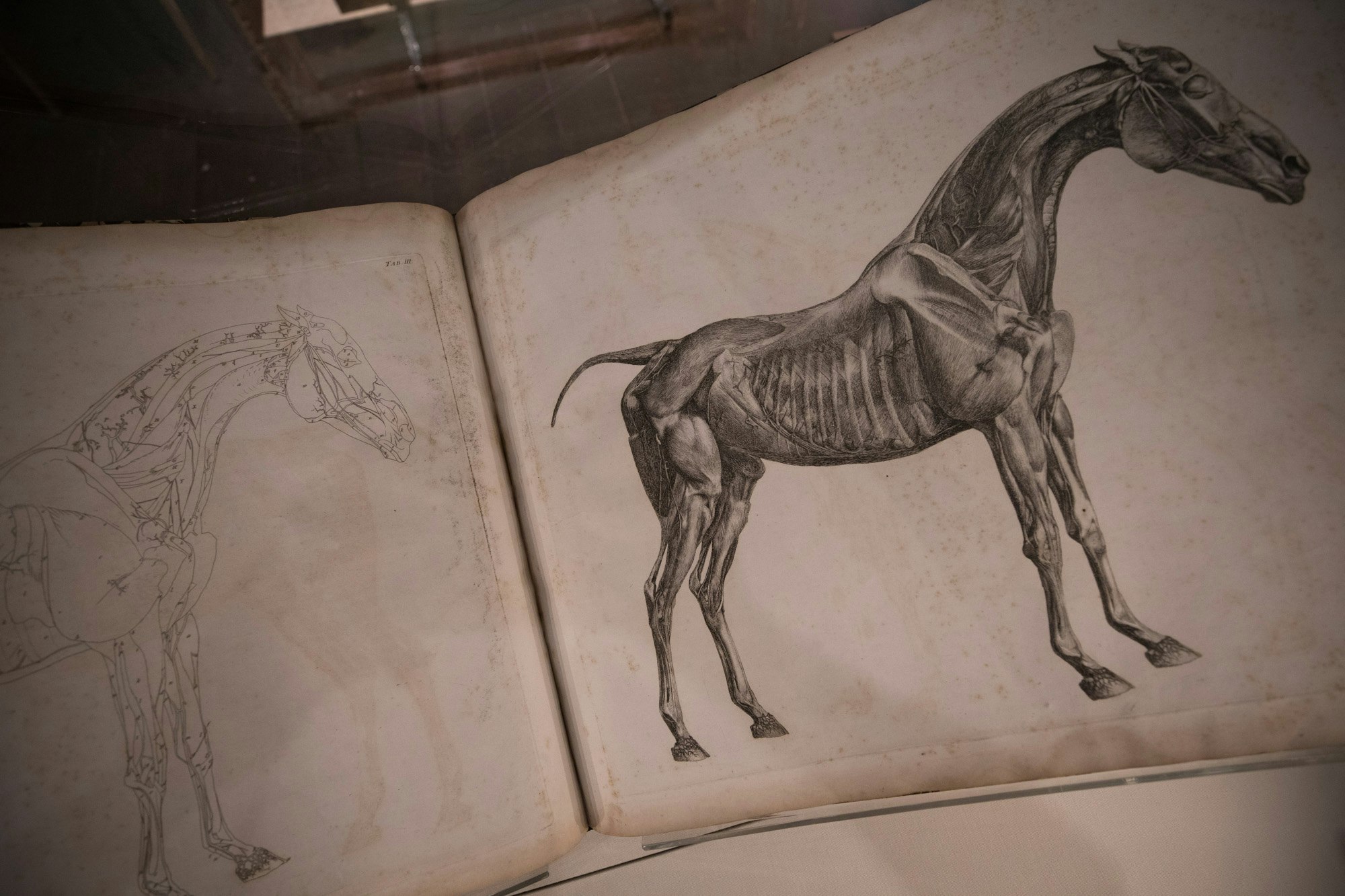This article is taken from the August-September 2024 issue of The Critic. To get the full magazine why not subscribe? Right now we’re offering five issues for just £10.
George Stubbs was born 300 years ago, on 25 August 1724. In his lifetime he became renowned as “Mr Stubbs the horse painter”. Despite his loathing the characterisation, the tag has stuck. In popular consciousness he remains the artist who painted the horseflesh so dear to an aristocratic cadre that held breeding, whether in livestock or in their own family lineages, as paramount.
Stubbs, however, deserves better: he was, after all, one of the 18th century’s greatest portraitists (of people as well as animals); a naturalist; a chronicler of rural life; and a subtle interpreter of the interactions between classes.
Above all he was a natural scientist who was determined to “look into nature for himself and consult and study her only”. In his dedication to uncovering what went on beneath the skin he was closer to Leonardo than any other British artist.
Indeed, Stubbs was familiar with the subcutaneous world from his childhood. As the son of a Liverpool currier, he was used to seeing skin stripped from animals and, working with his father into his teens, unqueasy. Nevertheless, his first individual researches were with the human body, not the equine.
In the mid-1740s Stubbs moved to York to study human anatomy, where he recorded and made dissections at York County Hospital. The results were engraved and used in John Burton’s 1751 medical manual Essay Towards a Complete New System of Midwifery.
There was a personal cost: his obituaries hint that the pregnant corpse he studied was acquired by grave-robbing; and a letter sent to Joseph Banks, the botanist who accompanied Captain Cook on his first voyage, records that in York, Stubbs gained a “vile renown”.
The full extent of Stubbs’s single-mindedness was revealed in the 18 months that made him the painter he became. Between 1756 and 1758, in the Lincolnshire village of Horkstow, he set about the most thorough examination of the physical make-up of the horse since a work by the Bolognese anatomist Carlo Ruini, published in 1598.
What Stubbs wanted to produce was an illustrated book aimed at “those to whose care and skill the horse is usually entrusted”, to “those gentlemen who delight in horses” and to artists — “my own profession”.
Stubbs, then aged 32, rented a farmhouse and took with him a sole companion, Mary Spencer, a 15-year-old girl who may have been his niece and who became his common-law wife.
Mary’s sailor father had been killed before she was born when, during an onboard insurrection, “his own particular slave … beat his Master’s brain’s (sic) out with an Iron Bolt” before jumping overboard and being “shot dead by the harpoon of the ship”. With such a family history, she was unperturbed by Stubbs’s procedures.
Together they established a drawing-dissecting room. Stubbs was, according to a contemporary, a man of extraordinary “muscular strength” who was able to carry a dead horse on his back. At the farmhouse he suspended an iron bar from the ceiling and then attached a horse to it (which had been bought alive and bled to death when the painter cut its throat) by means of hooks and pulleys.
He posed the horse with his customary sense of balance as if walking, then peeled off the skin, injected the veins with liquefied tallow to preserve them and started to draw.

As he worked he removed each successive layer of muscle, recording as he went until he reached the skeleton. Forty-one of his drawings survive, showing the animal from three views — at an angle from the front, the back and sideways.
He went through as many as 12 cadavers, working from each for weeks until it decomposed to a point beyond utility. The fortitude necessary in this controlled charnel house is almost beyond imagining, but the process gave him a peerless understanding of the animal.
Apocryphally, Stubbs was run out of Horkstow by the angry villagers who accused him of necromancy. Whatever the truth, he took with him a stash of drawings that he then turned into 18 fully finished studies, works of great beauty that bear no trace of the drip and stench in which they were formed. Unable to find an engraver up to the task he, as a man of practical science, set about learning the craft and etched the plates himself.
In 1766 they were published as The Anatomy of the Horse. On one side were his images, on the other a numbered key highlighting the joints, muscle groups and circulatory system. So accurate — and elegant — were his illustrations that his book was in use in veterinary colleges into the 20th century.
The book served, as he hoped it would, as an advertisement of his skills and brought him to the notice of a group of aristocratic hunting and racing patrons, mostly Whigs. However, the book was also a reflection of the new conception of the shared traits of man and animals, that horses were more than dumb beasts.
In 1753, in one of the first stirrings of animal rights, a treatise asserted that hurt inflicted on man or animal “is in the same degree an evil”, whilst another of 1766 declared that an animal is “no less sensible of pain than a Man. He has similar nerves and organs of sensations”. Stubbs’s etchings offered corroboration.
They also show that “Mr Stubbs the horse painter” was first — and perhaps foremost — Mr Stubbs the strong-stomached anatomist.
Enjoying The Critic online? It's even better in print
Try five issues of Britain’s most civilised magazine for £10
Subscribe



